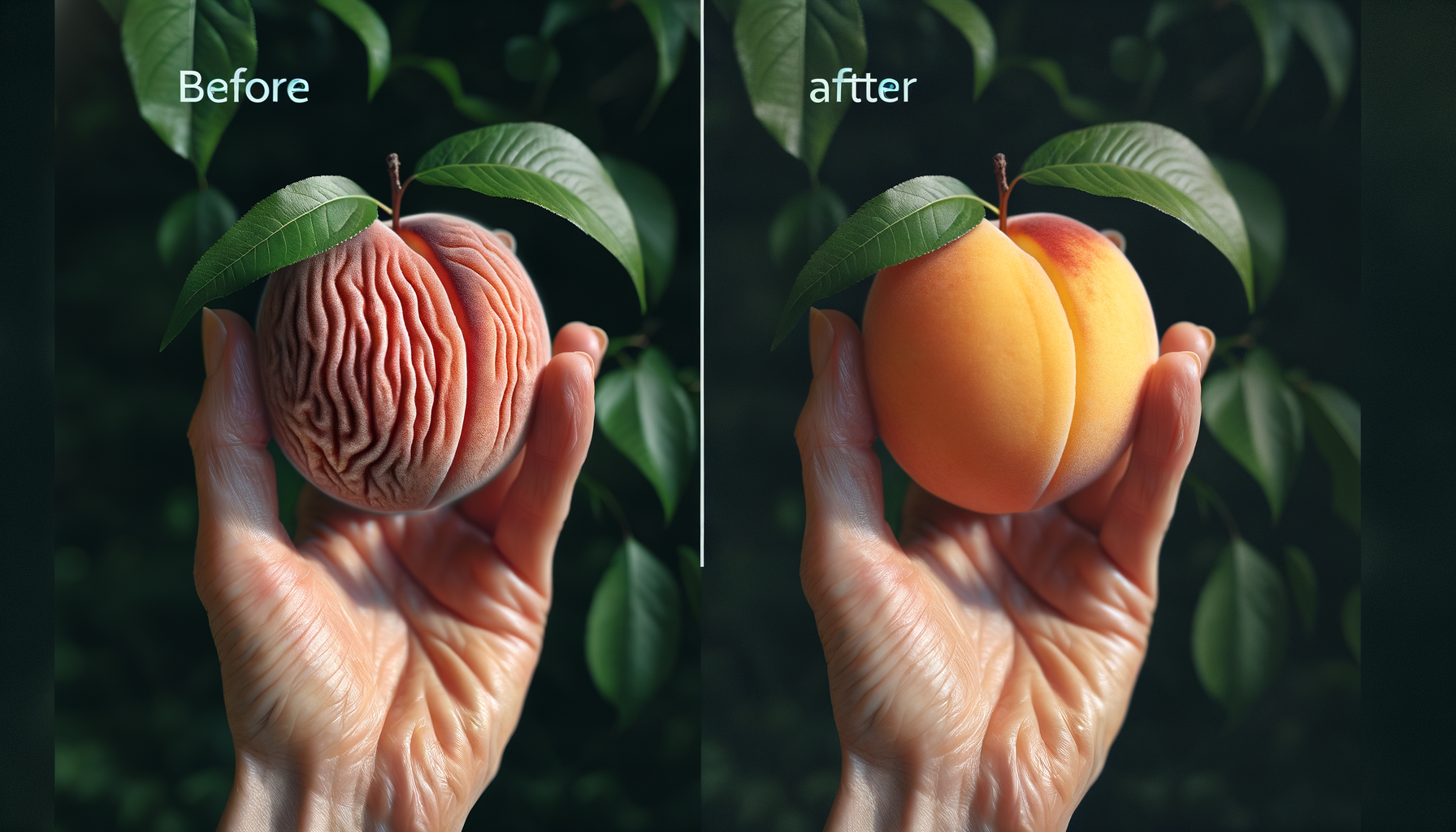
Exploring the Benefits of Botox for a Youthful Appearance
Background and Definition of Botox
Botox, a brand name for botulinum toxin type A, is derived from the bacterium Clostridium botulinum, which naturally occurs in soil and other environments. It is a neurotoxin that, in small, controlled doses, is used cosmetically to reduce the appearance of facial wrinkles by temporarily paralyzing muscles. This relaxation prevents muscle contractions responsible for dynamic wrinkles, such as frown lines, crow’s feet, and forehead creases. The treatment has been in use for over 20 years and is one of the most popular non-surgical cosmetic procedures globally, with over 9 million treatments administered in 2022, marking a 26.1% increase from the previous year.
Botox works by blocking the release of acetylcholine, a neurotransmitter responsible for muscle contraction. When injected into specific muscles, it prevents them from contracting, leading to a smoother skin surface. Despite its origin as a toxin, Botox is safe when used in small, controlled doses by professionals. Its application extends beyond cosmetics, with therapeutic uses for conditions like chronic migraines, excessive sweating, and certain muscular disorders.
Understanding the science behind Botox helps demystify its effects and reassures potential users of its safety. As a widely researched and practiced procedure, Botox offers a reliable solution for those seeking to enhance their appearance or alleviate specific medical conditions. The controlled use of this powerful neurotoxin exemplifies how science can turn potential hazards into beneficial treatments, showcasing the innovation within the field of cosmetic and medical advancements.
Benefits and Cosmetic Applications
The primary benefit of Botox in cosmetics is its ability to smooth wrinkles and fine lines, offering a natural, refreshed appearance. It is particularly effective for dynamic wrinkles caused by facial expressions, such as those around the eyes (crow’s feet) and between the eyebrows (frown lines). Research suggests that results can last 3–12 months, with most patients experiencing effects for up to four months, depending on the treatment area. The procedure is quick, typically taking about 10 minutes, with minimal downtime, allowing patients to return to work immediately. This aligns with the user’s request for “quick treatment, long-lasting results,” making it appealing for those seeking efficiency.
Emerging trends also highlight preventative use, where younger patients (e.g., in their 20s) use Botox to delay the onset of wrinkles, maintaining a youthful look into middle age and beyond. This preventative approach is part of a broader shift towards non-invasive cosmetic procedures, driven by rising aesthetic consciousness and social media trends, with the global Botox market projected to reach USD 13.74 billion by 2032.
Beyond aesthetics, Botox has therapeutic applications, such as treating chronic migraines, excessive sweating (hyperhidrosis), and certain muscular disorders. These diverse uses underscore Botox’s versatility and its ability to address a range of concerns, making it a sought-after treatment in both cosmetic and medical fields. As more people seek minimally invasive solutions for aesthetic and health-related issues, Botox continues to gain popularity, reflecting society’s growing interest in maintaining a youthful appearance and enhancing quality of life.
Procedure and What to Expect
The Botox procedure involves a licensed specialist injecting the toxin into targeted facial muscles using a thin needle. Most patients describe the sensation as a pinch, with minor bruising or discomfort that typically resolves within a few days. Effects begin to show within 24–72 hours, with full results visible in up to five days, aligning with the user’s emphasis on “quick treatment.” The article could include a section detailing the consultation process, where patients discuss their goals with experts to ensure tailored treatments, and post-treatment care, such as avoiding alcohol for 24 hours to minimize side effects.
The consultation phase is crucial, as it allows the practitioner to assess the patient’s facial structure and discuss desired outcomes. This personalized approach ensures that the Botox treatment aligns with the individual’s aesthetic goals and medical history. During the procedure, the practitioner will clean the treatment area and may apply a topical anesthetic to enhance comfort. The injections are precise and targeted, focusing on specific muscles responsible for unwanted wrinkles.
After the procedure, patients are advised to avoid strenuous activities and excessive sun exposure for a short period. Most individuals can resume normal activities immediately, making Botox a convenient option for those with busy lifestyles. Follow-up appointments are typically scheduled to evaluate the results and plan future treatments if necessary. This ongoing relationship with the provider helps maintain the desired appearance and ensures the longevity of the treatment’s effects.